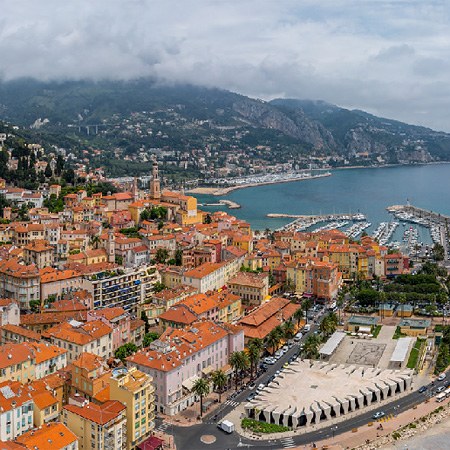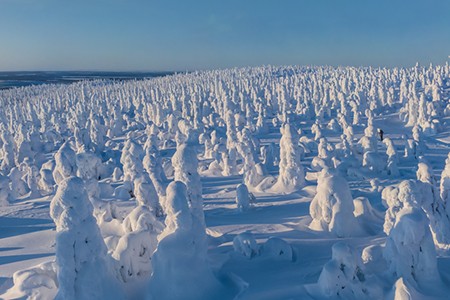Tribes of South Sudan. Explore Africa in 360° VR. 4K teaser.
In the beginning of 2023 we travelled to South Sudan. About 64 ethnic groups live here. Despite the fact that we visited the lands of only five tribes (Larim, Mundari, Lopit, Didinga, Lotuko), the trip to this most interesting African country was very eventful.
Another name for the Larim tribe is Boya (people living in the mountains). This name was given to the tribe by their neighbours Toposa. The Larim speak the Murle language and are excellent architects. They also pierce their noses and lips, inflict scars on the body and are considered to have the most intricate scars in all of Africa. The more scars, the earlier you can get married and the more cows the family will get.

The Larim keep livestock and grow seasonal crops such as sorghum, corn and beans. Widowed women wrap plant ribbons around their legs and head. The Larim are considered to be one of the most traditional groups in South Sudan.
The Lotuko people belong ethnically to the Nilotic group and inhabit the mountainous region where Mount Imotong rises - the highest peak in South Sudan.
Lotuko are engaged in cattle breeding and farming at the same time, as well as hunting and fishing. The land does not belong to any member of the tribe, but is owned by the whole people. Only the entire tribal group has the right to determine the boundaries of the land plot that will be used for cultivation by individual members of the tribe for several years.
The Lotuko religion is based on the worship of nature and ancestors and is deeply rooted in their ethnic identity.

The people of the Lopit (Donge) tribe build their tall houses from bamboo and coconut leaves. Lopit - speakers of Nilotic languages close to Lotuko. It is believed that Lopit came to South Sudan from East Africa, probably late settlers from Lake Turkana. They are engaged in cattle breeding and farming, growing sorghum as a main ration. Like Lotuco, Lopit has a so-called "ruling generation", which involves the transfer of power to another generation every 12 or 22 years. When a new generation replaces the previous one, a great ceremony is held.
The Lopit people still practise mass traditional hunting of large animals such as giraffes or elephants. Neighbouring villages unite to hunt on the lands of the village that called for hunting. During such a group hunt, up to 2,000 men join together to hunt a wild animal.
The Mundari are a small ethnic group belonging to the Nilotic people. The Mundari, like the neighbouring Dinka tribe, stand out for their tall stature. Along with the Tutsis in Rwanda, they are considered tp be the tallest people on the planet.

The traditional settlement area of the Mundari tribe is located about 20-100 km north of Juba, the capital of South Sudan, and is mostly concentrated around and south of the Terekeka in the province of Central Equatoria. This area, like most of South Sudan, is predominantly flat and swampy, with only a few hills. There are many rivers and lakes in the lowlands, which provide good conditions for grazing.
The Mundari, like other Nilotic tribes, are very cattle-oriented: cattle serve as food, currency, and an indicator of status. Marriages are arranged by the prospective groom offering cattle to the bride's family, and husbands may take as many wives as they can support. The Mundari are involved in years-long wars with the neighboring Dinka for cattle rustling during the dry season.
The Mundari retained an animistic religion, while the neighbouring Dinka lost most of their traditional ways due to wars and conversion to Christianity.
The Didinga tribes speak the same language as the Murle, Mursi and Surma in Ethiopia, which distinguishes them from all other groups in Sudan. Often referred to as the Murle Didinga language, their language is also spoken by a group living in southwestern Ethiopia. The Didinga claim that they lived in southwestern Ethiopia 200 years ago. During the migration to the hills, the Didinga, Murle and Boya were one group.

As traditional pastoralists, after several years in Uganda (during the civil war), they also learned how to farm. However, pastoralism remains their main occupation, even if their livestock is no longer as numerous as it used to be. The Didinga also eat fresh blood from the neck of cattle, which is obtained by using miniature arrows. The Didinga do not fish at all, as eating fish is forbidden in their culture.

Video and photo: Maria Kolosova
11.08.2023
Read more
Virtual Travels in 360°
 Virtual Tour over Neuschwanstein Castle, Germany
Virtual Tour over Neuschwanstein Castle, Germany
 Cote d'Azur. Menton
Cote d'Azur. Menton
 Las Vegas at Dusk and Night
Las Vegas at Dusk and Night
 Varanasi, India
Varanasi, India
 Seville, Spain
Seville, Spain
 Four Seasons. Winter Forest. Relax Flight
Four Seasons. Winter Forest. Relax Flight
 New Jerusalem Monastery, Russia
New Jerusalem Monastery, Russia
 Windmills of Holland. Part I
Windmills of Holland. Part I
 Old City of Jerusalem
Old City of Jerusalem
 Four Seasons. Autumn Forest. Relax Flight
Four Seasons. Autumn Forest. Relax Flight
 Moscow, Russia
Moscow, Russia
Show more










